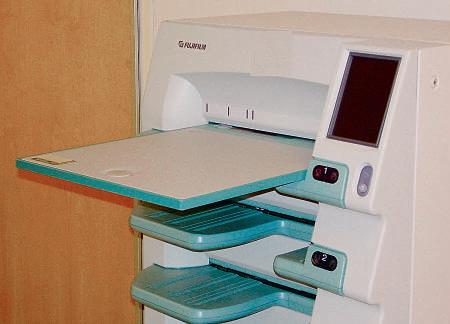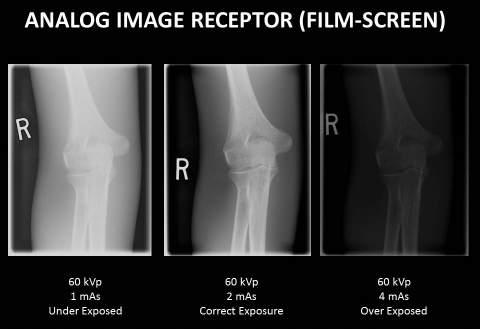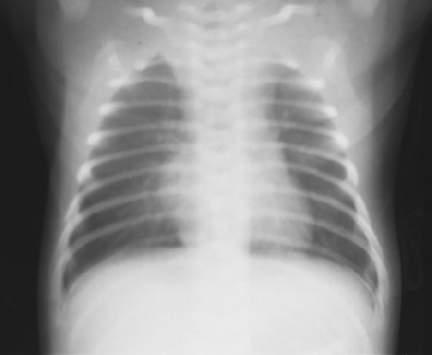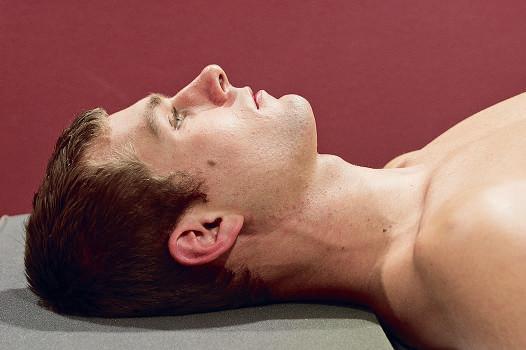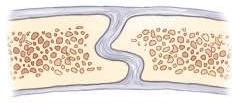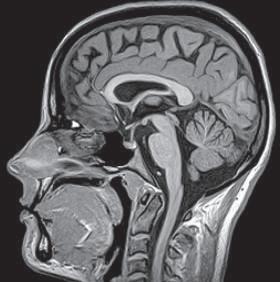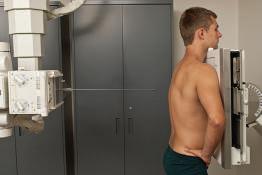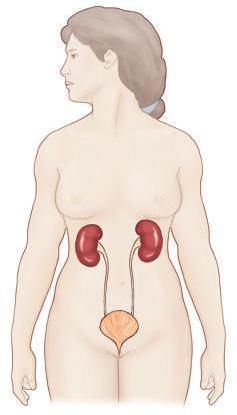Terminology, Positioning, and Imaging Principles C H A P T E R 1
Body Positions In radiography, the term position is used in two ways, first as general body positions, as described next, and second as specific body positions, which are described in the pages that follow.
19
8. Lithotomy (li-thot′-o-me) position A recumbent (supine) position with knees and hip flexed and thighs abducted and rotated externally, supported by ankle supports.
GENERAL BODY POSITIONS The eight most commonly used general body positions in medical imaging are as follows: 1. Supine (soo′-pine) Lying on back, facing upward. 2. Prone (prohn) Lying on abdomen, facing downward (head may be turned to one side). 3. Erect (e˝-reckt′) (upright) An upright position, to stand or sit erect. 4. Recumbent (re-kum′-bent) (reclining) Lying down in any position (prone, supine, or on side). • Dorsal recumbent: Lying on back (supine). • Ventral recumbent: Lying face down (prone). • Lateral recumbent: Lying on side (right or left lateral). 5. Trendelenburg* (tren-del′-en-berg) position A recumbent position with the body tilted with the head lower than the feet. 6. Fowler’s† (fow′-lerz) position A recumbent position with the body tilted with the head higher than the feet. 7. Sims’ position (semiprone position) A recumbent oblique position with the patient lying on the left anterior side, with the right knee and thigh flexed and the left arm extended down behind the back. A modified Sims’ position as used for insertion of the rectal tube for barium enema is shown in Fig. 1-54 (demonstrated in Chapter 13).
Fig. 1-52 Trendelenburg position—head lower than feet.
*Friedrich Trendelenburg, a surgeon in Leipzig, 1844-1924. †George Ryerson Fowler, an American surgeon, 1848-1906.
Fig. 1-53 Fowler’s position—feet lower than head.
Fig. 1-50 Supine position.
Fig. 1-54 Modified Sims’ position.
Fig. 1-51 Prone position.
Fig. 1-55 Modified lithotomy position (for retrograde urography).
1





